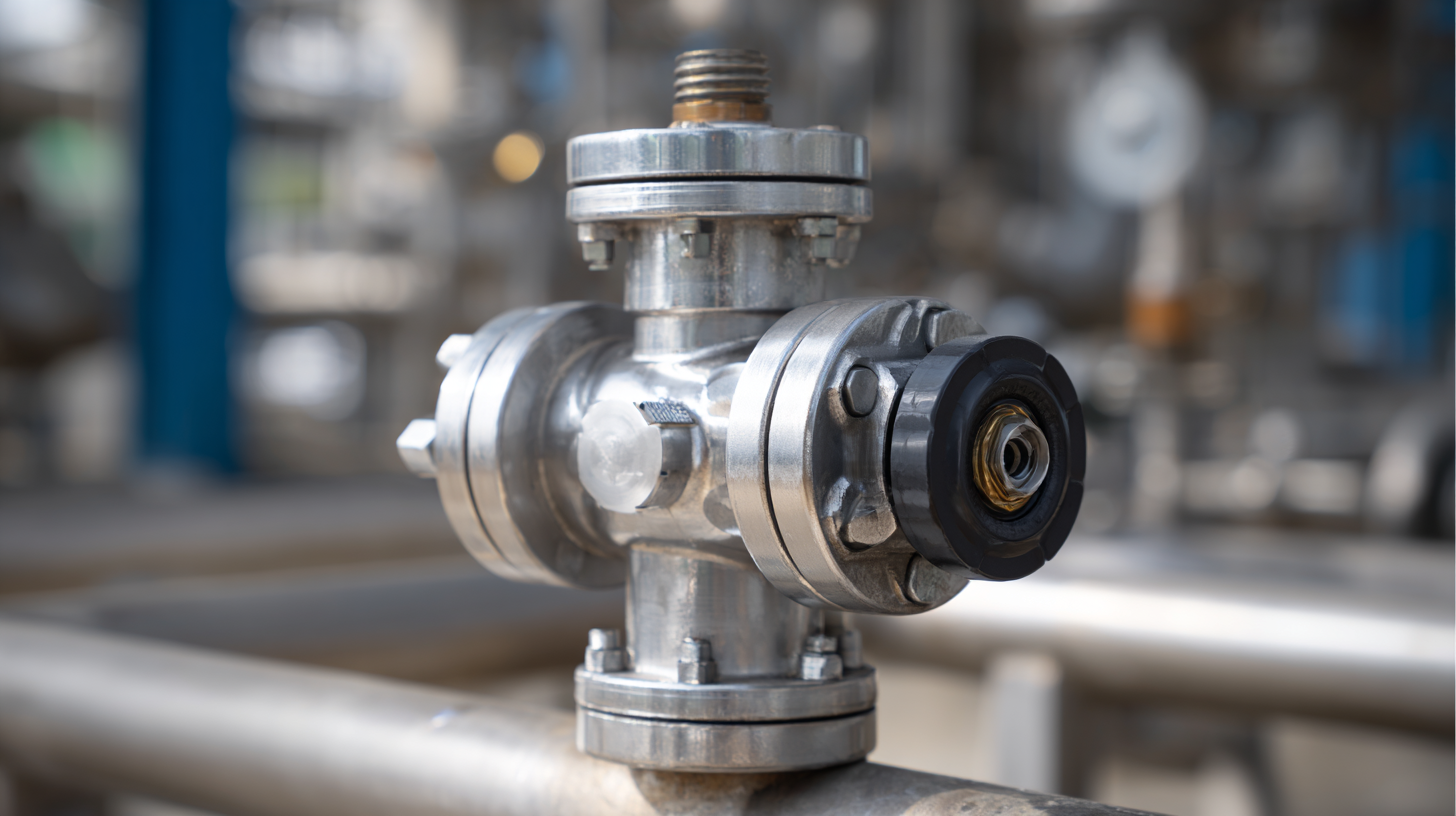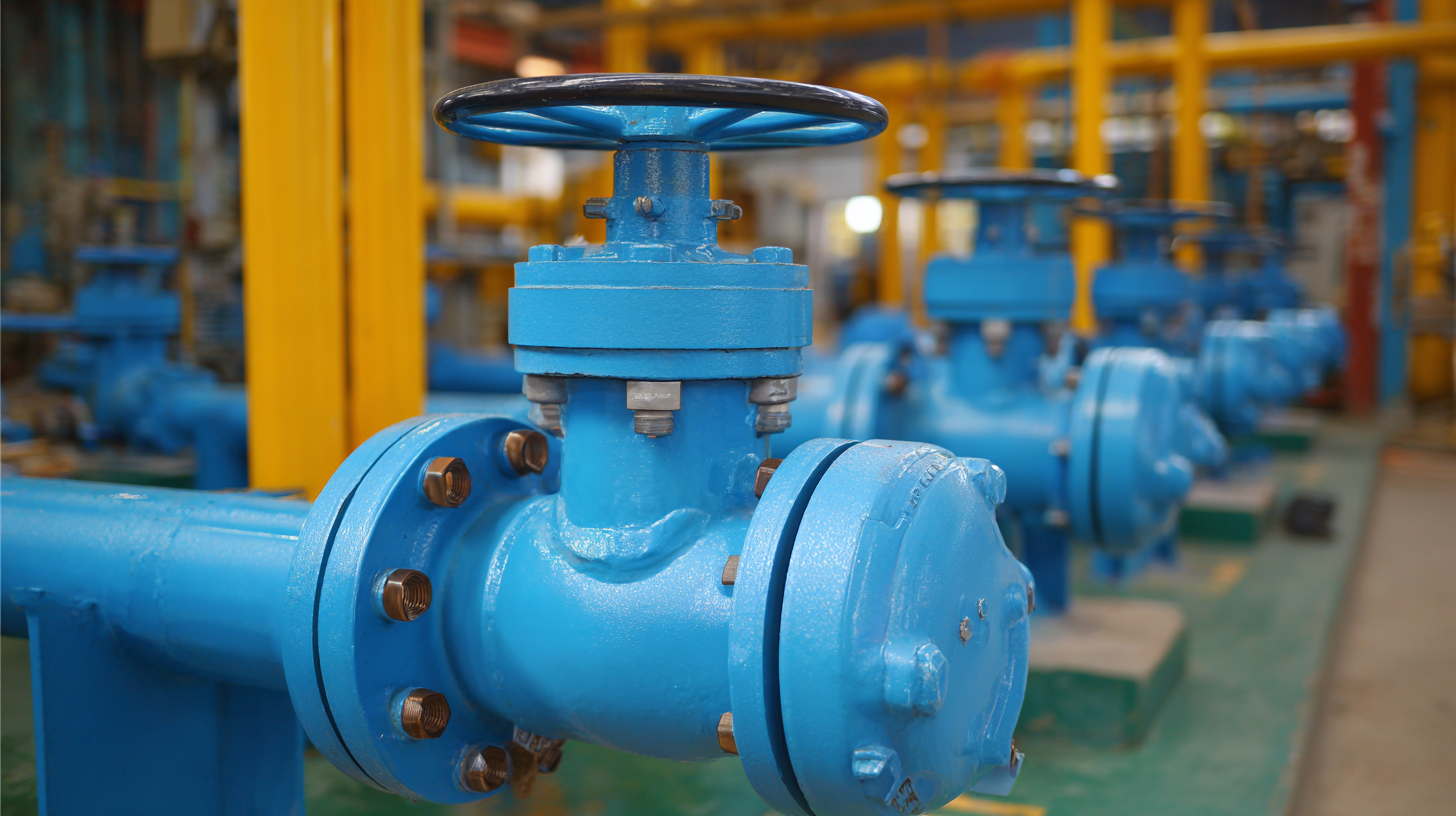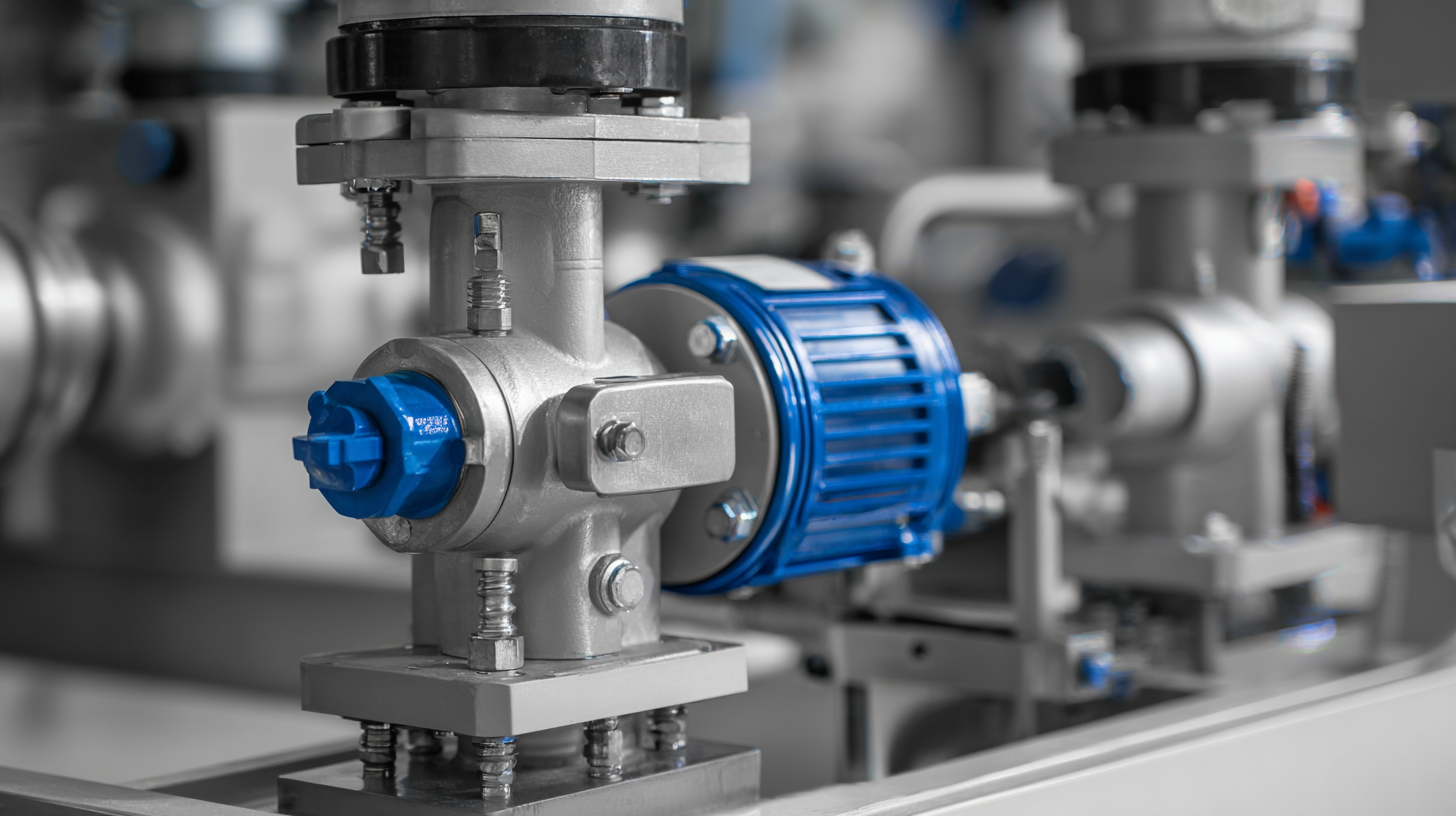10 Best Practices for Choosing Your Vacuum Relief Valve
In industrial applications, the importance of selecting the appropriate Vacuum Relief Valve cannot be overstated, as it plays a critical role in maintaining system integrity and safety under varying pressures. According to a report by the American Society of Mechanical Engineers (ASME), improper selection of pressure relief devices, including vacuum relief valves, accounts for a significant portion of operational failures in chemical processing plants, leading to over $5 billion in annual losses.

Furthermore, the American Petroleum Institute (API) highlights that nearly 30% of incidents related to tank failures can be traced back to inadequate or malfunctioning vacuum relief valves. Thus, understanding the best practices for choosing the right Vacuum Relief Valve is essential not only for optimizing performance but also for safeguarding facilities against potential hazards. In this blog, we will explore ten critical considerations to guide you in making an informed decision when selecting your vacuum relief valve.
Key Considerations for Vacuum Relief Valve Selection in 2025
When selecting vacuum relief valves in 2025, it's crucial to consider the evolving landscape of regulations and safety protocols, especially in industries such as cannabis extraction. With the recent establishment of a hydrocarbon extraction laboratory in New York prioritizing consumer safety and regulatory compliance, these factors are becoming increasingly important. The choice of vacuum relief valves must align with these standards to ensure safe and efficient operations. Attention to material compatibility, pressure ratings, and response times will be vital for maintaining system integrity and preventing failures that could compromise safety.
Another key consideration is the incorporation of innovative technologies that enhance the functionality of vacuum relief valves. As Engaging processes like solvent purging undergo upgrades, the ability for these valves to manage variations in pressure without compromising product quality is paramount. Understanding the engineering aspects that contribute to cGMP (current Good Manufacturing Practice) compliance is essential for manufacturers who wish to keep pace with industry standards. In this context, selecting a vacuum relief valve that meets both regulatory requirements and operational needs can significantly impact product integrity and consumer trust in the emerging hemp and cannabis markets.
Understanding the Importance of Proper Sizing for Efficient Performance
When selecting a vacuum relief valve, proper sizing is crucial to ensure efficient performance and system safety. A valve that is too large may not respond effectively to pressure fluctuations, potentially allowing damaging vacuum conditions to develop. Conversely, an undersized valve may not relieve the vacuum quickly enough, risking equipment failure or operational downtime. According to a study by the International Society of Automation, systems utilizing appropriately sized vacuum relief valves experience up to 30% less maintenance downtime, significantly improving overall productivity.
Additionally, industry standards emphasize the importance of accurate flow calculations based on the specific application. The American Society of Mechanical Engineers (ASME) guidelines indicate that vacuum relief valves should be sized to accommodate peak vacuum conditions, ensuring that the valve opens promptly when needed. Factors such as the maximum expected vacuum level, process fluid characteristics, and the piping configuration must all be considered to achieve optimal performance. Data shows that systems compliant with these sizing principles can enhance operational efficiency by up to 25%, underscoring the critical role of proper valve selection in industrial settings.
10 Best Practices for Choosing Your Vacuum Relief Valve - Understanding the Importance of Proper Sizing for Efficient Performance
| Best Practice | Description | Importance | Recommendation |
|---|---|---|---|
| Understand System Requirements | Determine the specific vacuum levels and flow rates needed for your application. | Ensures that the valve will operate efficiently under expected conditions. | Conduct a thorough analysis of the system before selecting a valve. |
| Choose the Right Size | Select a valve size that matches the system's flow capacity. | Improper sizing can cause reduced efficiency and unexpected failures. | Refer to manufacturer guidelines for sizing specifications. |
| Material Compatibility | Ensure materials used in the valve are compatible with the medium being handled. | Prevents corrosion and ensures durability. | Check chemical resistance charts before making a decision. |
| Thermal Considerations | Assess the effect of temperature on valve performance. | Critical for applications with varying temperatures to avoid failure. | Consider using valves rated for high-temperature resistance. |
| Regular Maintenance | Establish a routine maintenance schedule to check valve functionality. | Prevents unexpected downtime and extends valve life. | Implement a maintenance log to track inspections. |
| Installation Practices | Follow proper installation guidelines to ensure optimal operation. | Improper installation can lead to leaks and performance issues. | Consult with installation experts or follow manufacturer instructions. |
| Consider Pressure Ratings | Use valves that can handle the maximum expected pressure. | Avoids catastrophic failure from pressure surges. | Select valves with pressure ratings above system requirements. |
| Evaluate Flow Direction | Ensure the valve is installed in the correct flow direction. | Incorrect installation can restrict flow and cause inefficiency. | Check arrows or markings on the valve before installation. |
| Utilize Adequate Supports | Provide sufficient support for large valves to prevent strain. | Lengthens the service life of the valve by reducing wear. | Install brackets or supports as necessary. |
| Review Manufacturer Data | Thoroughly review the manufacturer's specifications and performance data. | Ensures that the selected valve meets the application demands. | Always verify data from multiple sources before choosing. |
Material Compatibility: Ensuring Longevity and Reliability of Your Valves
When selecting a vacuum relief valve, one of the most critical considerations is
material compatibility. The longevity and reliability of your valves are greatly influenced by the materials used in their
construction, especially in diverse operating environments. Factors such as temperature,
pressure, and the specific media being processed can cause wear and degradation.
Hence, choosing a material that can withstand these conditions is essential for maintaining optimal function and preventing costly failures.
For example, if your application involves corrosive substances, opting for valves made from high-grade stainless steel
or specialized plastics can mitigate the risk of corrosion and leaks. Likewise, if the valve will be exposed to high temperatures, materials
with high thermal resistance are necessary to ensure performance stability. Conducting thorough compatibility assessments and consulting
with manufacturers can help identify the most suitable materials tailored to your specific application, ultimately extending the lifespan
of your vacuum relief systems.

Evaluating the Impact of Pressure Ratings on Valve Performance
When selecting a vacuum relief valve, understanding the pressure ratings is crucial for ensuring optimal performance. A vacuum relief valve must be capable of operating effectively within the specific pressure range of your application. If the pressure ratings are too low, the valve may open prematurely, leading to potential system failures. Conversely, if the ratings are too high, the valve may not open when needed, risking equipment damage or process disruptions.
Tips: Always consult the manufacturer’s specifications to ensure the vacuum relief valve can handle the maximum pressure of your system. Additionally, consider the environment in which the valve will operate, as factors like temperature and corrosive substances can affect its performance.
Another key factor is the differential pressure rating. This rating indicates the maximum pressure difference that the valve can withstand without compromise. A proper understanding of this aspect helps to safeguard the integrity of your system. Selecting a valve with an appropriate differential rating will enhance reliability and reduce maintenance needs.
Tips: Evaluate each valve under actual operating conditions and ensure it meets your safety and operational requirements. Performing a thorough risk assessment can also guide you in making informed decisions regarding valve selection.
Impact of Pressure Ratings on Vacuum Relief Valve Performance
This chart illustrates the performance of vacuum relief valves at different pressure ratings. It showcases how pressure ratings impact the flow capacity of the valves.
Integration with Existing Systems: Best Practices for Installation and Maintenance
 When integrating vacuum relief valves into existing systems, proper installation and maintenance are crucial for operational efficiency and safety. According to a report by the American Society of Mechanical Engineers, improper installation can lead to system failures that cost industries over $100,000 annually. To ensure longevity and reliability of these valves, it’s essential to assess the specific requirements of your system, including pressure levels and flow rates, before installation.
When integrating vacuum relief valves into existing systems, proper installation and maintenance are crucial for operational efficiency and safety. According to a report by the American Society of Mechanical Engineers, improper installation can lead to system failures that cost industries over $100,000 annually. To ensure longevity and reliability of these valves, it’s essential to assess the specific requirements of your system, including pressure levels and flow rates, before installation.
Tip: Always consult the manufacturer’s guidelines for installation to align the vacuum relief valve with system specifications. Regular maintenance checks are equally vital. A study published in the Journal of Fluid Engineering highlighted that routine inspections can reduce malfunction rates by up to 40%. Scheduling these checks not only enhances performance but also prolongs the life of the valve.
Tip: During maintenance, ensure that you clean and replace any wear parts as necessary. Using high-quality components can significantly improve resilience against corrosive environments, which is particularly important in industries like chemical processing where system integrity is paramount. Implementing these best practices will help maintain efficient operation and avoid costly downtimes.
